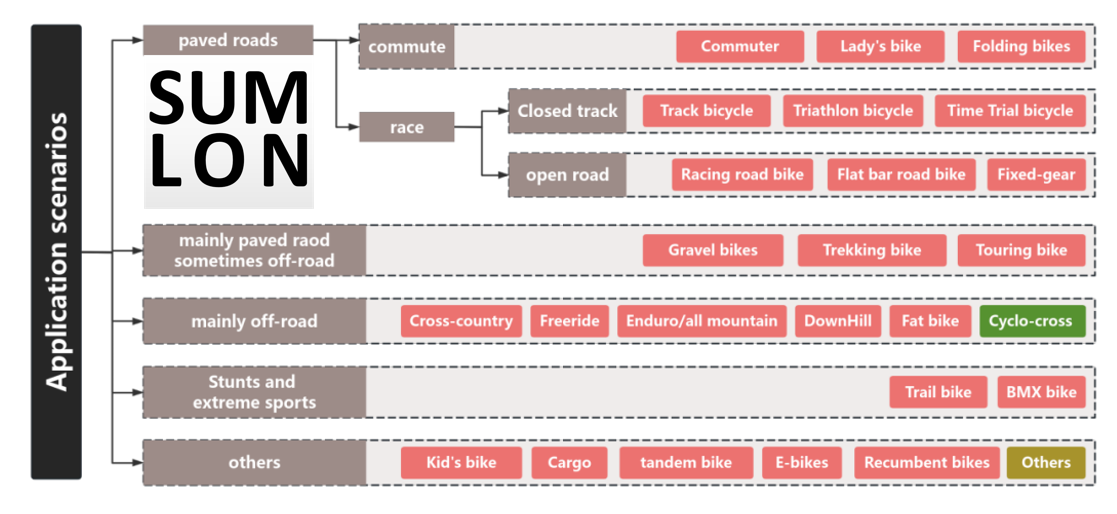I found that there are very few articles that cover all classifications, and almost no articles that categorize them in an easy-to-understand manner. I’m going to try to summarize all the bikes on the market right now, what classification they belong to, and what their characteristics are. SUMLON divide all bicycles into several categories according to different application scenarios, and each category contains several specific bicycles.
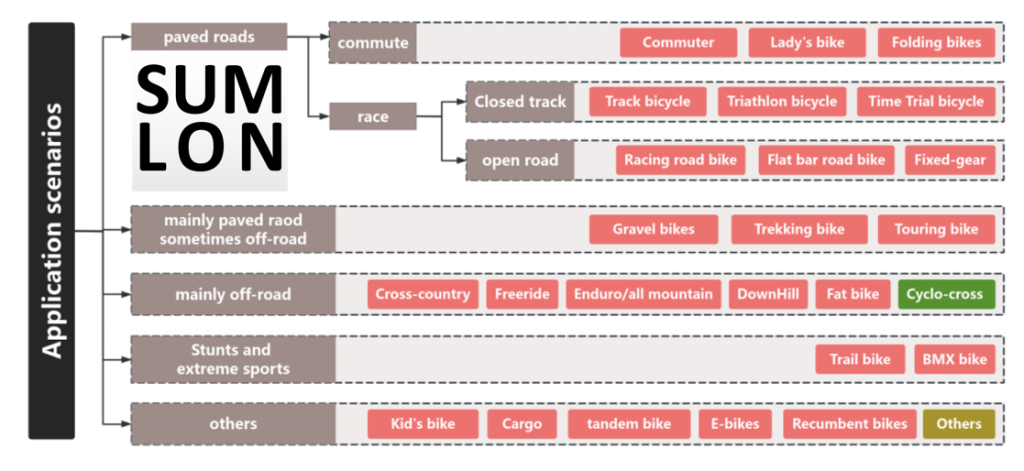
1. Bikes designed for daily communicating on paved roads
1.1 A commuter, also called city/urban bike, are designed for frequent rides through city traffic at moderate speeds. Simplicity and durability are the two defining characteristics of a classic commuter bike. Commuter bikes typically have flat handlebars which tend to be in a more elevated position than other bike models. This elevation creates an upright riding position, giving the rider better visibility when riding through traffic. And it always has a lower top tube, making it easy to get on and off the bike without lifting your leg high. And it always comes with a fender and a kickstand.
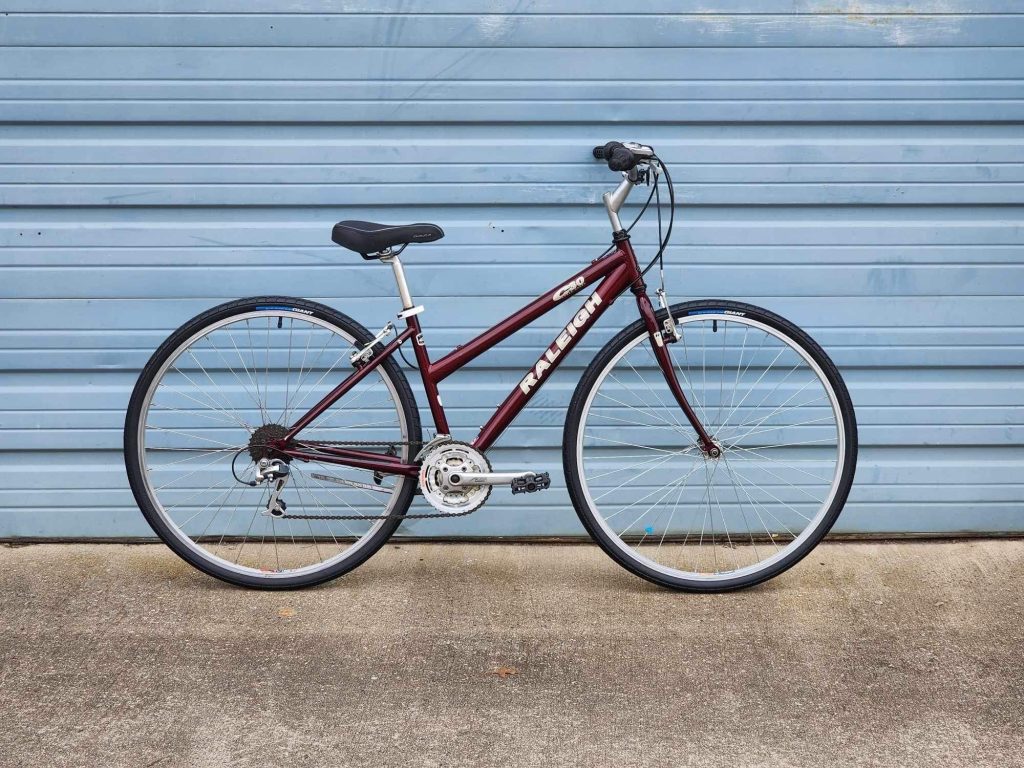
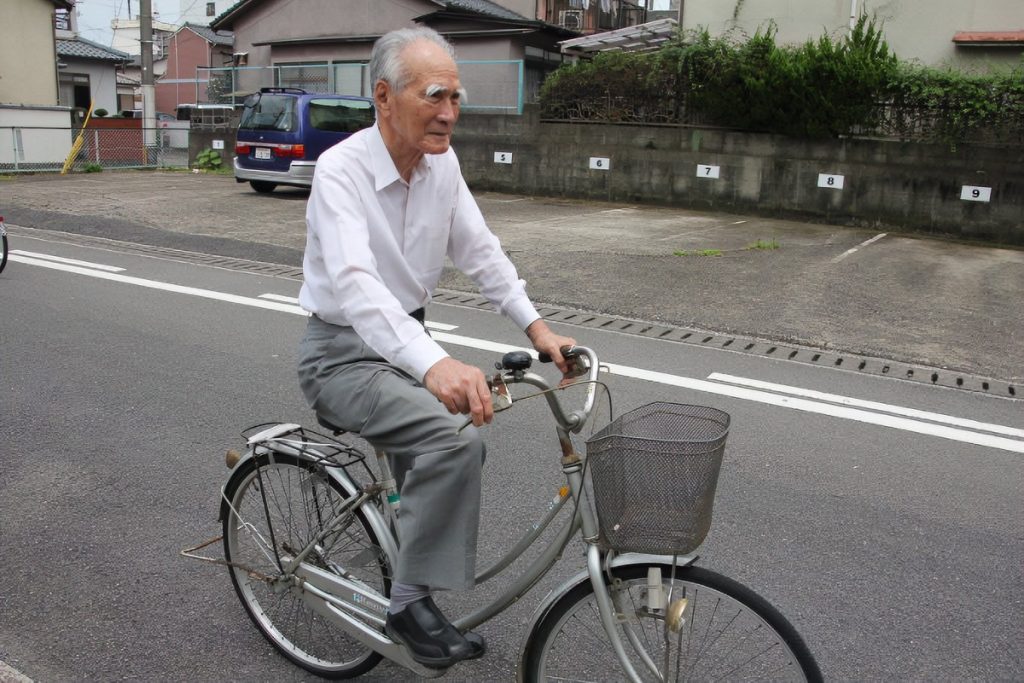
1.2 A Lady’s bike is also called women’s bike. Even though you don’t think it should be separated from the commuter, it does exist as an independent category. It is usually smaller, lighter and ‘prettier’, best suited to gentle riding. From a geometric perspective, it generally have shorter stack heights, shorter torso lengths, so women’s bike models tend to have shorter reach lengths. BTW, it sometimes comes with a rear seat so that it can be used to pick up kids from school.
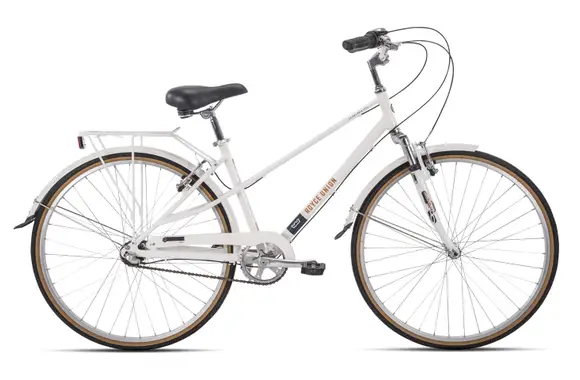
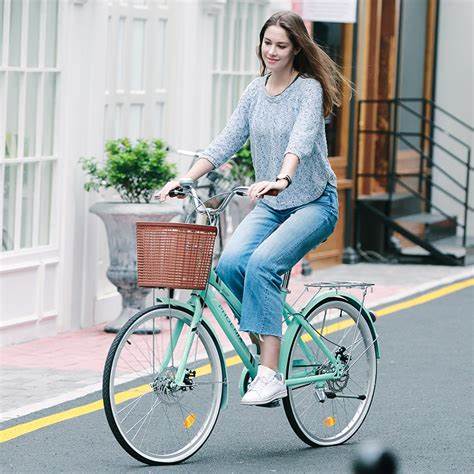
1.3 A folding bike is a bicycle designed to fold into a compact form, for easy transportation and storage. Folding bikes are very popular around the world, and especially in cities. The advantages that a folding bike has in a city over a standard bike is three-fold: Portability. It’s been unsuspectingly expensive here in China now. A folding bike costs at least 2,000 USD. The average monthly salary here is like less than half of it. It’s a good business though.
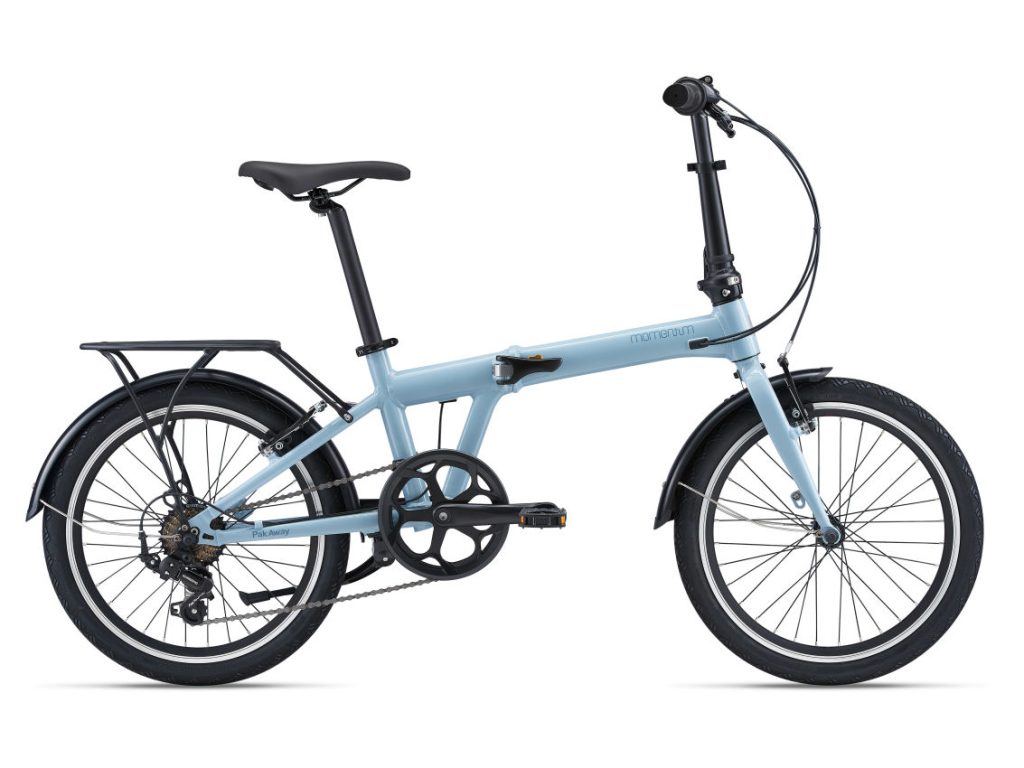
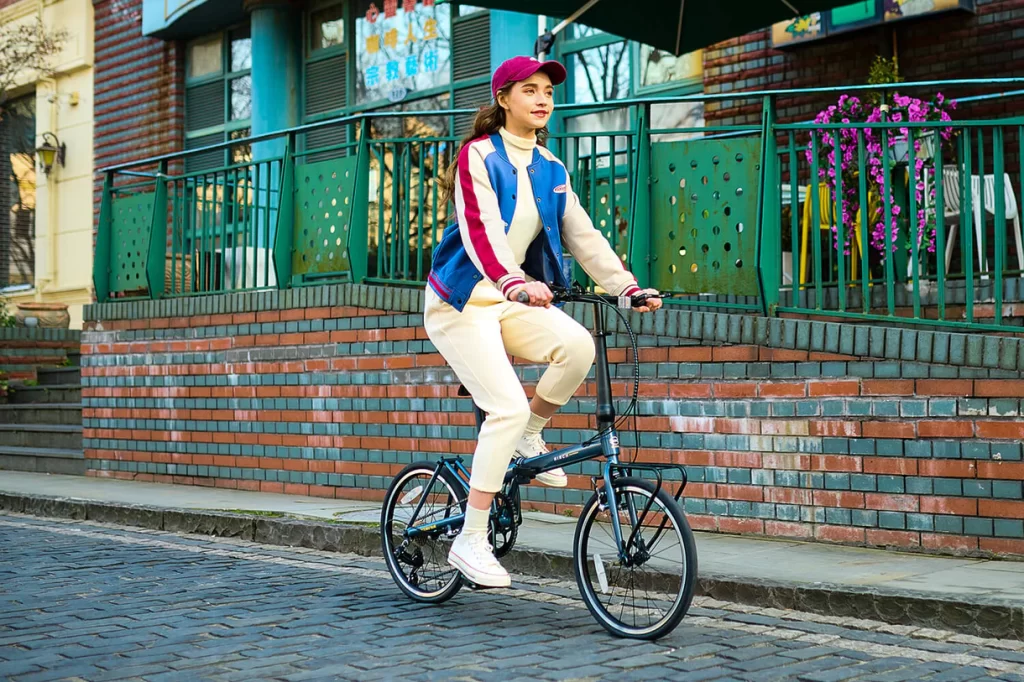
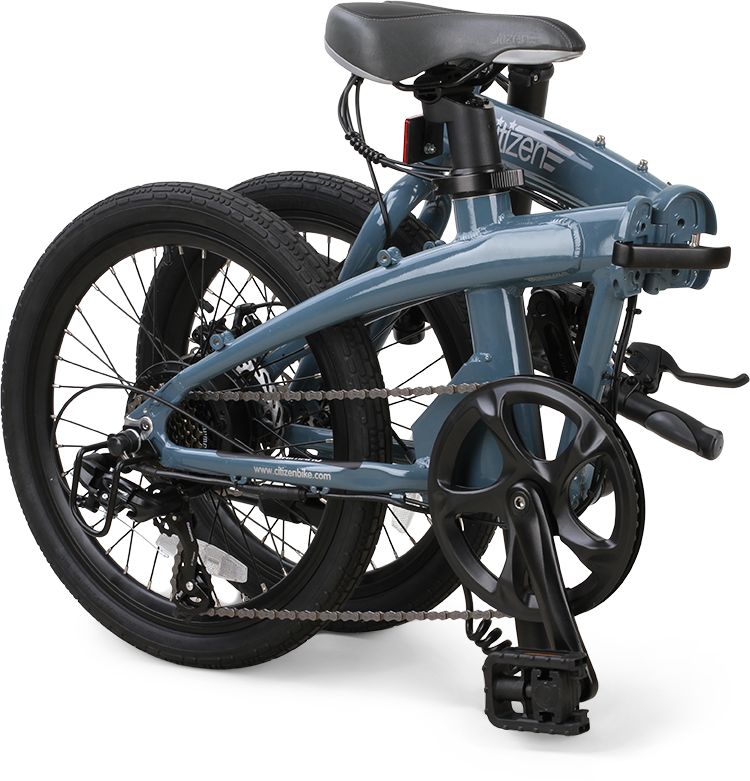
2.Bikes designed for racing in professional closed tracks
2.1 A track bicycle or track bike is a bicycle optimized for racing at a velodrome or outdoor track. The track bike is a fixed-gear bicycle; thus, it has only a single gear ratio and has neither a freewheel nor brakes. Tires are narrow and inflated to high pressure to reduce rolling resistance. And the tubes in the frame are flattened to lower the wind resistance.
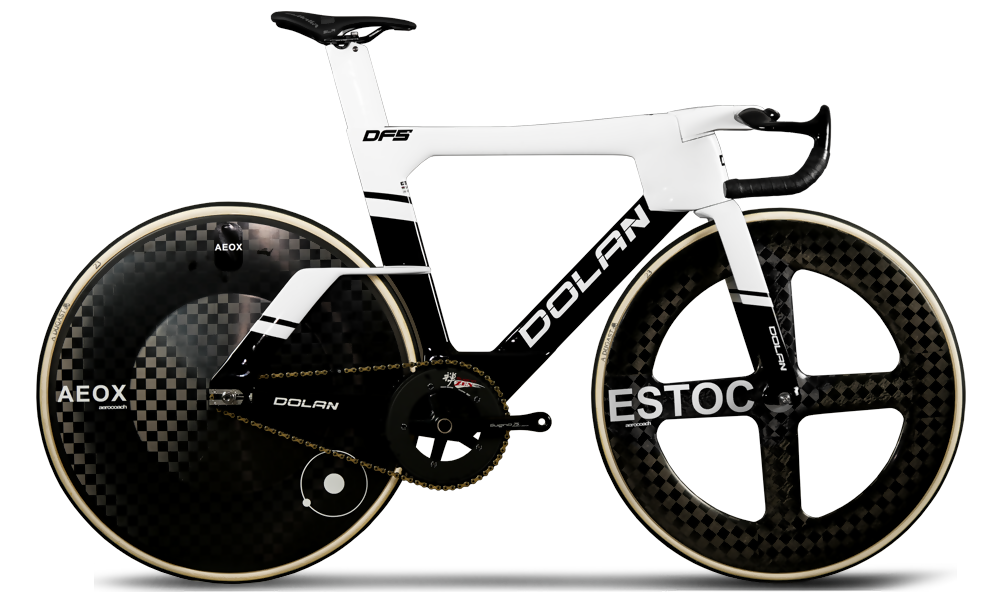
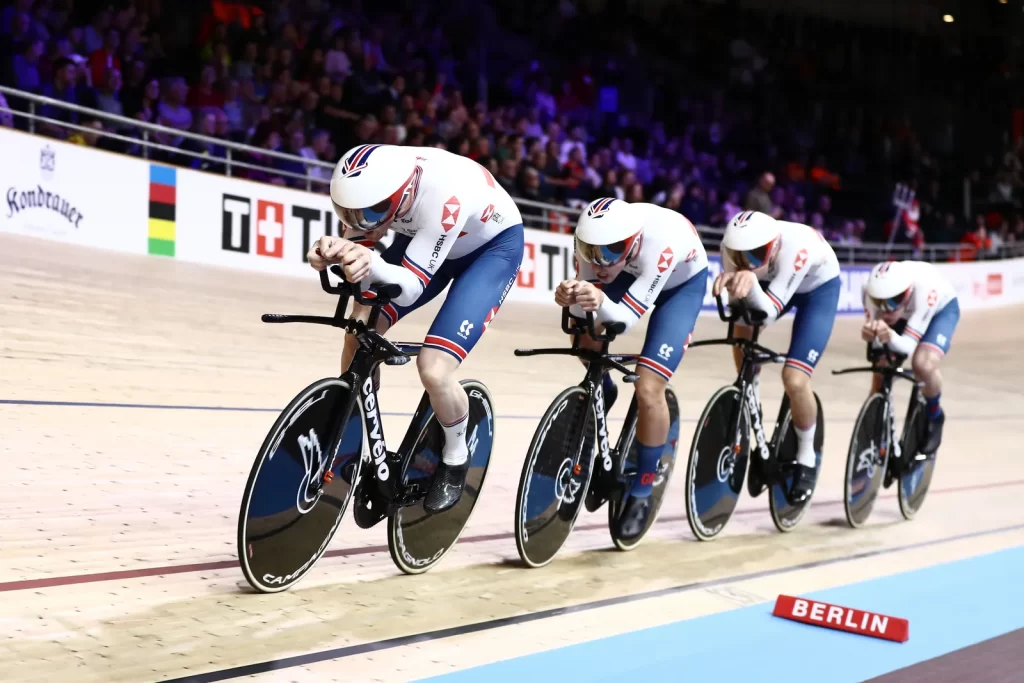
2.2 A Triathlon bicycle looks extremely like track bike discussed above. Triathlon bicycles are specifically designed for triathlons, which involve swimming, cycling, and running. They are optimized for speed and efficiency over long distances. Track bikes, on the other hand, are built for velodrome racing, where cyclists ride around a banked oval track. These races are typically shorter and focus on high-speed sprinting and maneuverability. So, triathlon bikes usually have a more relaxed geometry compared to track bikes. And triathlon bikes commonly feature aerobars, which allow the rider to adopt a more aerodynamic position by resting their forearms on padded extensions. Also Triathlon bikes often have a wider range of gears to accommodate varying terrain encountered during triathlons. Lastly, Triathlon bikes are equipped with traditional brakes, allowing riders to slow down or stop when necessary, especially important during the cycling leg of a triathlon where traffic and obstacles may be encountered.
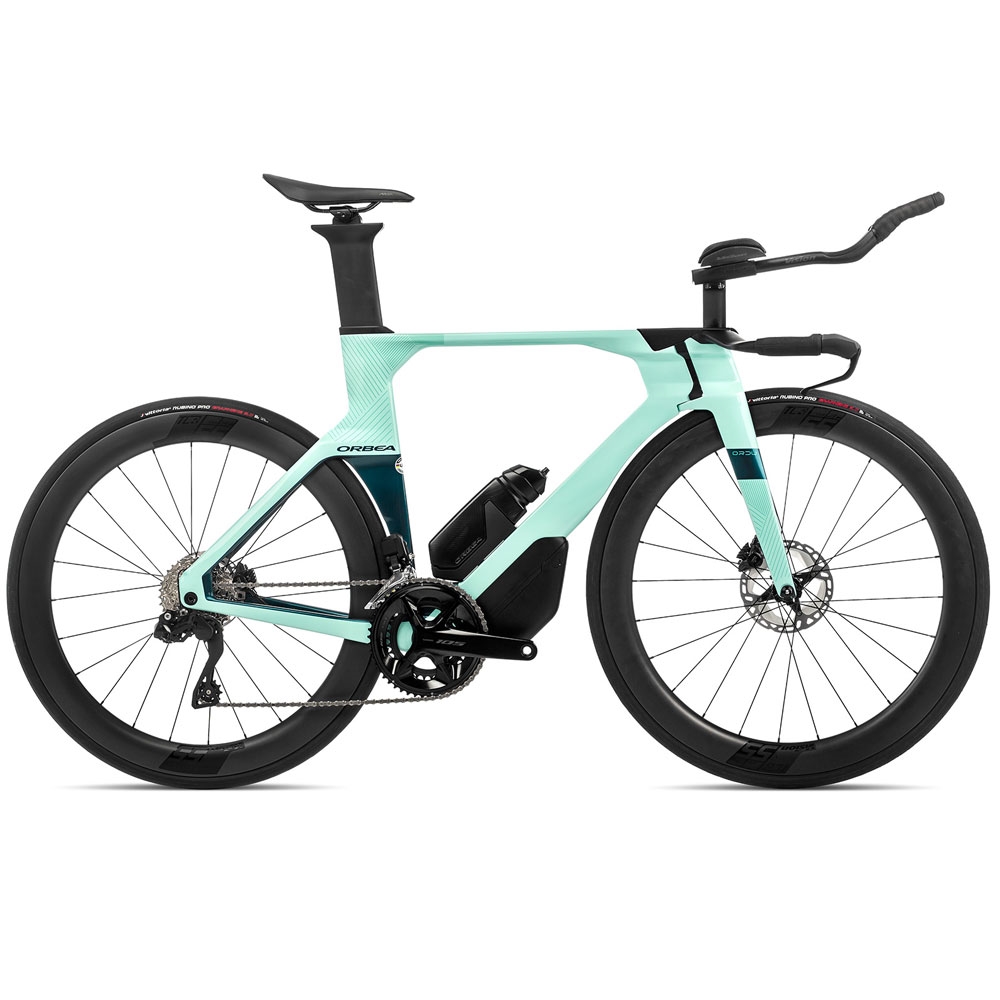
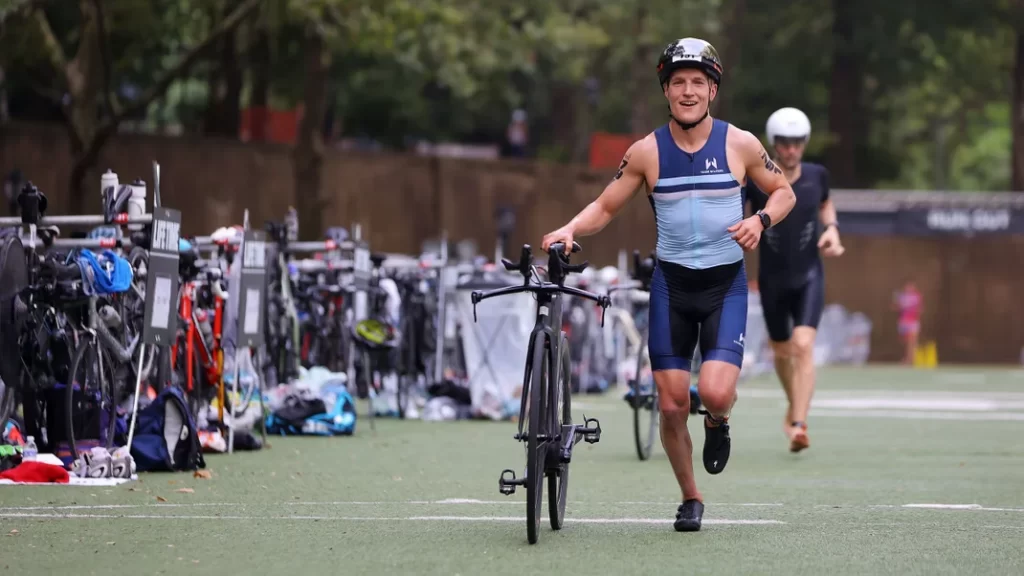
2.3 A Time Trial bicycle, also called TT bike, looks like the two bikes above too. Let’s compare TT bike to a Triathlon bicycle. TT bikes typically have a more aggressive geometry with a focus on aerodynamic efficiency over shorter distances. TT bikes often feature integrated handlebars and stem setups to create a more streamlined profile. The handlebars on a TT bike may be more aggressive, with a shorter reach and lower stack height, to allow the rider to adopt a more aerodynamic position. TT bikes may have integrated or hidden braking systems to minimize aerodynamic drag, with the assumption that braking needs are minimal during short time trial events.
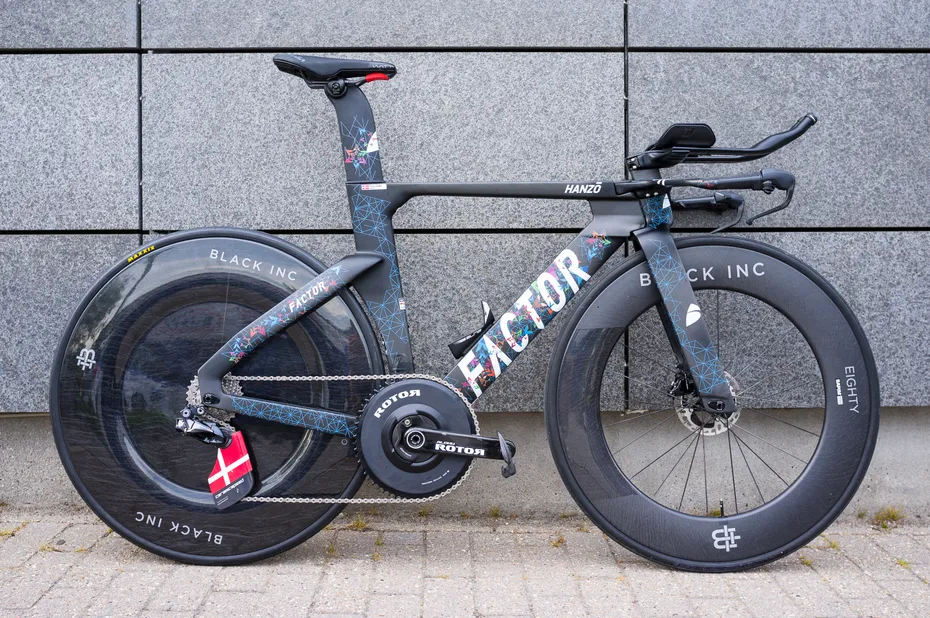
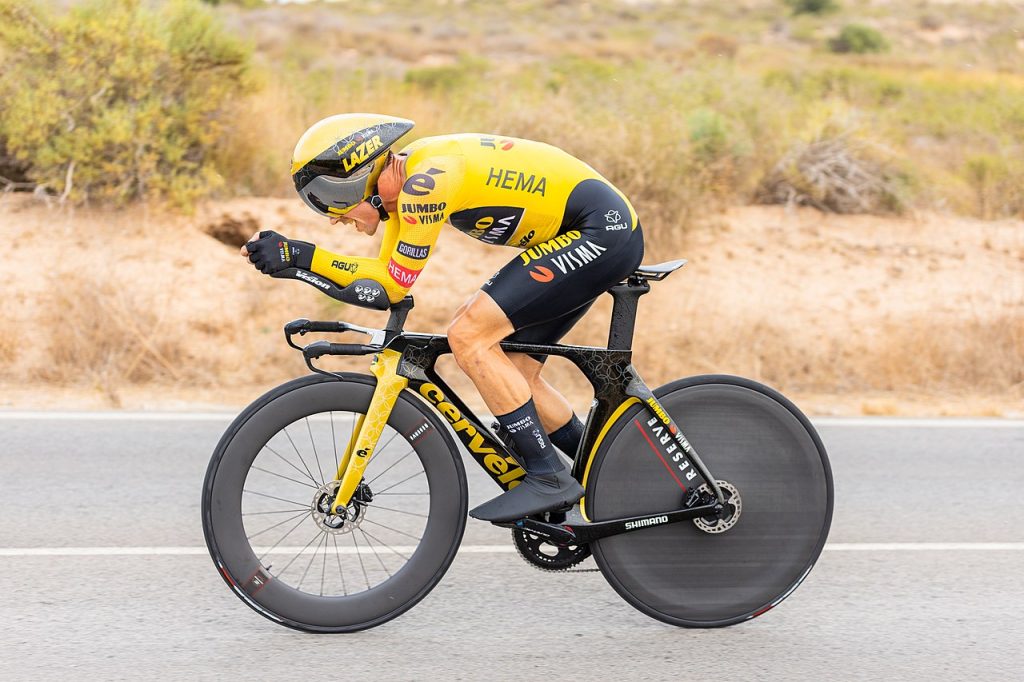
3. Bikes designed for riding/racing on open roads
3.1 A racing road bike have very light frames, narrow high-pressure tires, dropped handlebars, and derailleur gears with at least 16 speeds. It’s been used in several world level competitions like tour de France, and it’s quite popular in civil field.
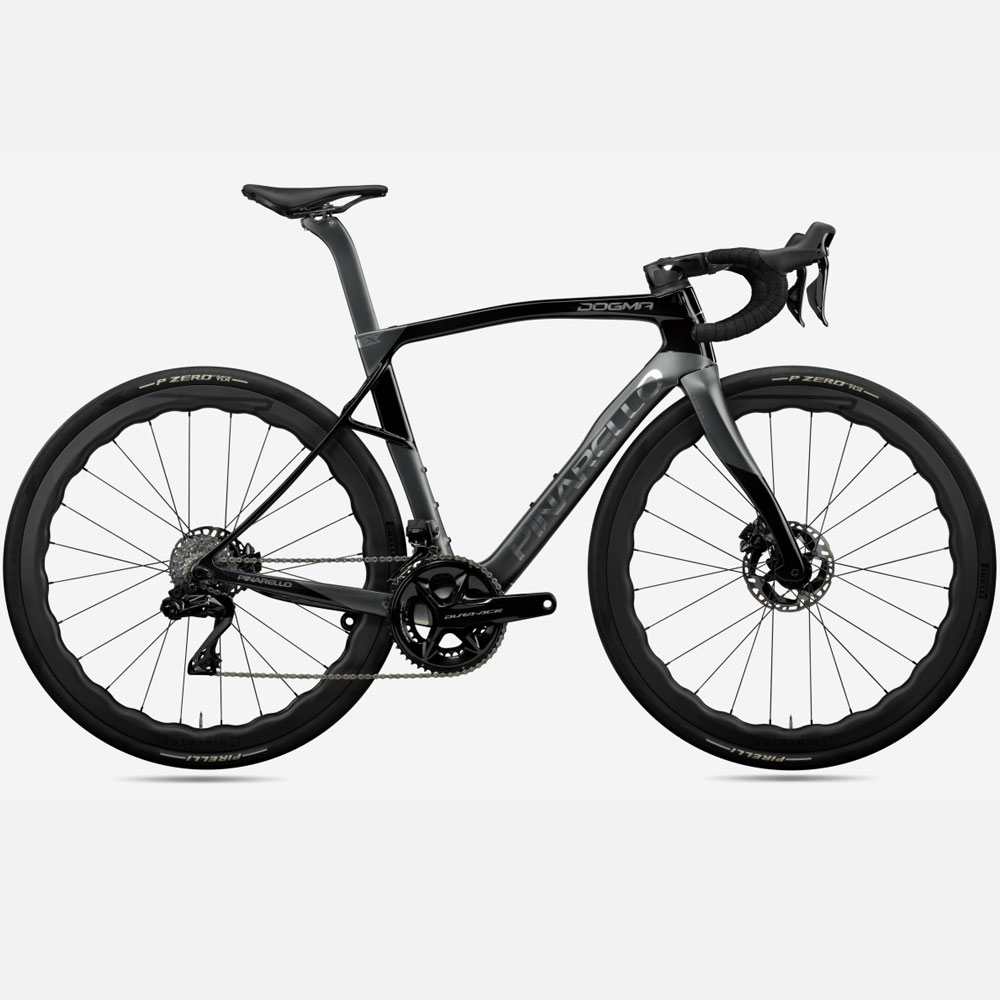
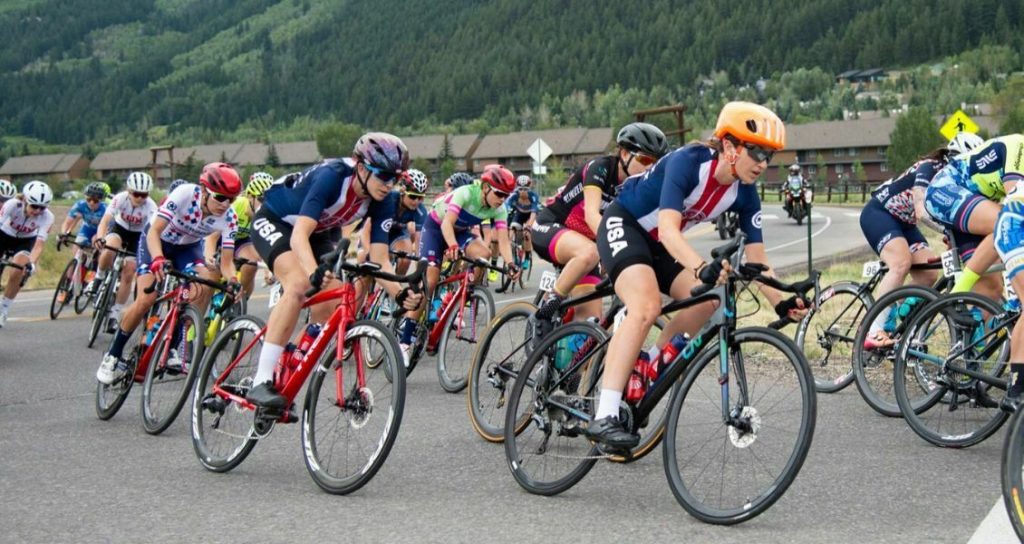
3.2 A flat bar road bike also called a fitness bike, is a hybrid bike optimized for road usage or a road bike with a flat handlebar in place of a drop bar. Frame construction and geometry borrow significantly from conventional road bike design. FYI, dropbars are for long distance riding, while flat bar is more suitable for shorter distance rides.
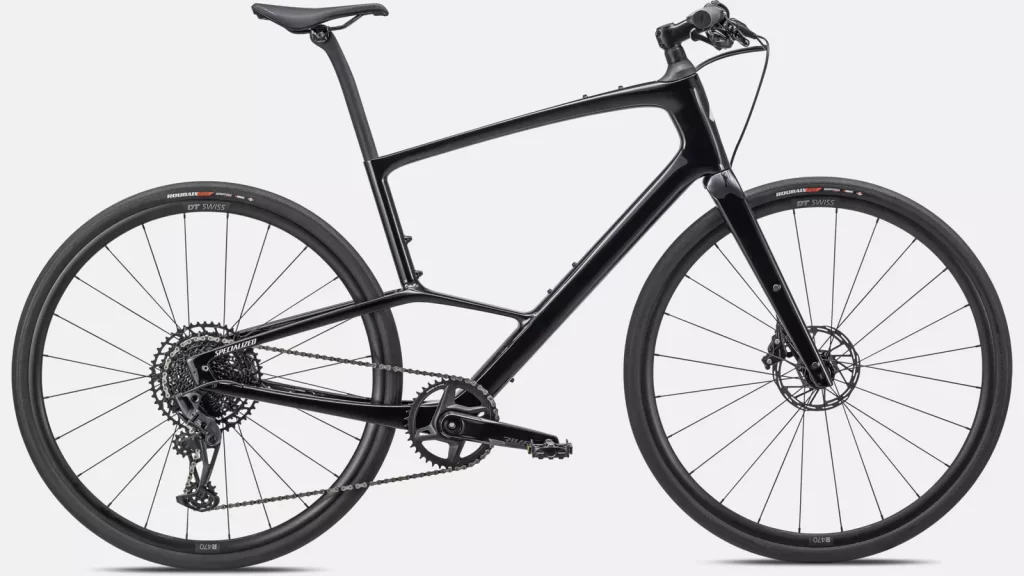
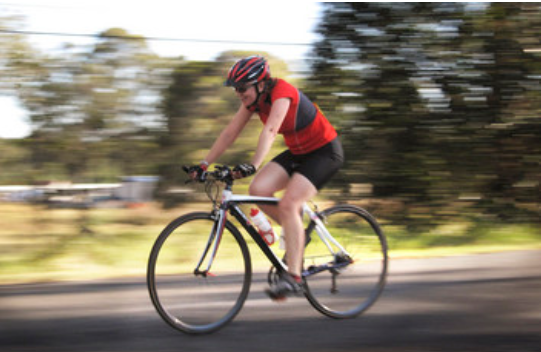
3.3 A fixed gear bike (or if you’re particularly hip—a “fixie”) is a type of single speed bike that doesn’t have a freewheel mechanism in the rear hub, but a secured (fixed) cog. This means that if the wheels are turning, so is the cog, the pedal cranks, and therefore your legs. It’s been designed for track racing on velodromes, so there is no break neither.
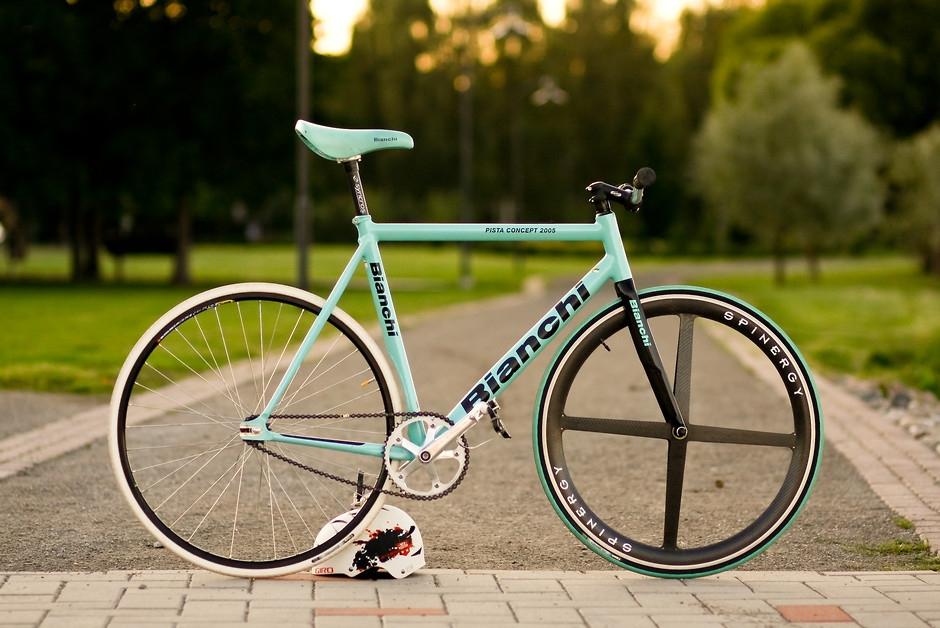
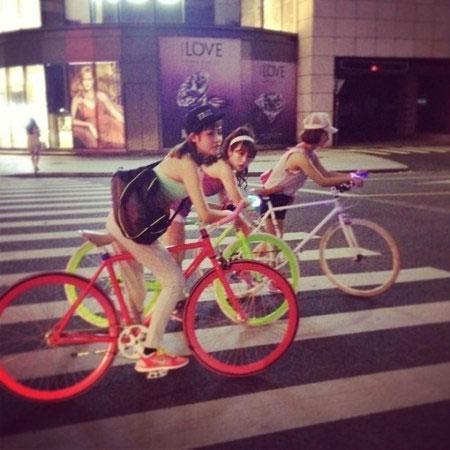
4. Bikes mainly designed for paved road and a bit off-road
4.1 Gravel bike: Compared to a normal road bike, wider tires give gravel bikes more traction and make them more comfortable on rough roads and trails. This maybe the biggest difference existed. And then Gravel bike frame geometry has a longer wheelbase, lower bottom bracket, and slacker headtube angle, which make it more stable on off-road terrain. Like a road bike, it’s designed for a 4-6 hour ride which I personally will not define as travelling. Compared to a racing road bike, it’s just that a gravel bike has some off-road capabilities.
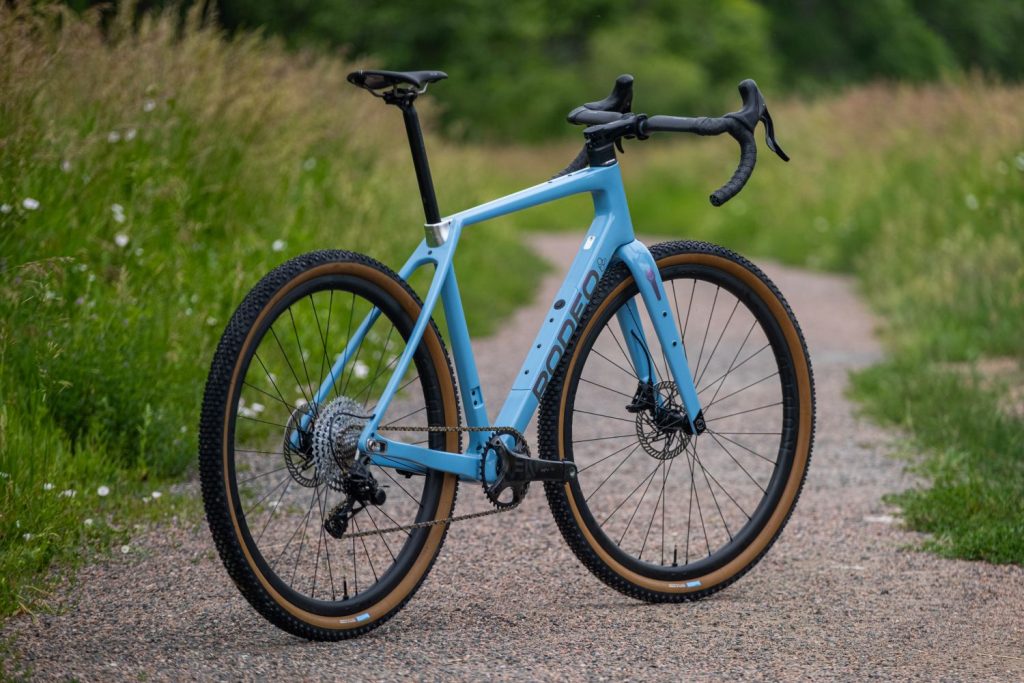
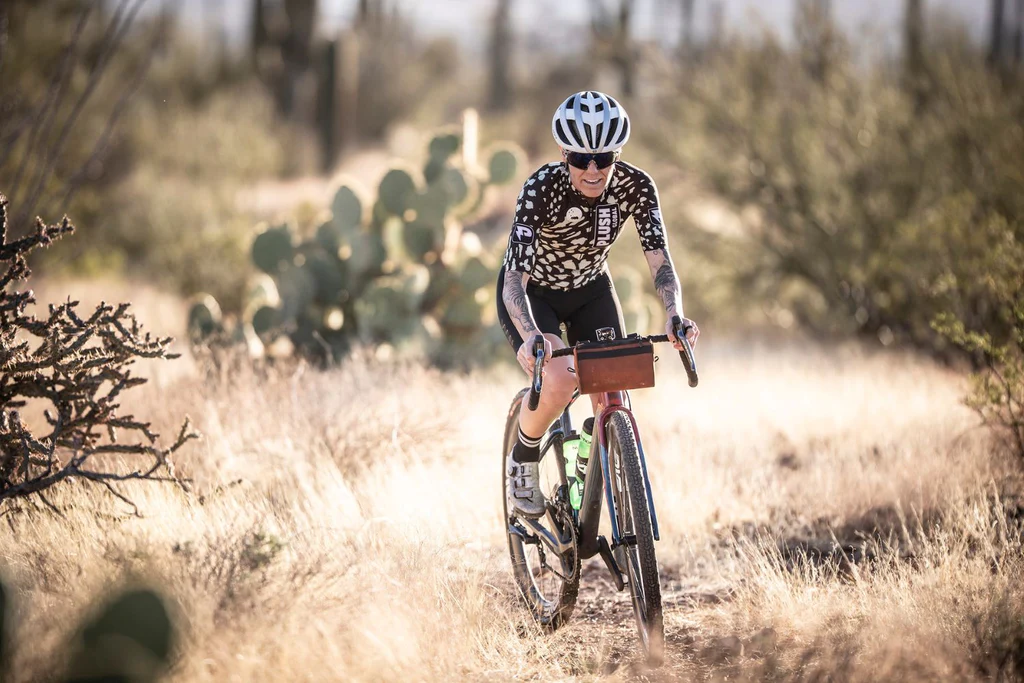
4.2 Trekking bikes are designed for short distance travel which is longer than half a day for which you might need to take bags with you. Compared to gravel bikes, they are often designed around light loads, equipped with a rear rack, a suspension fork, an aluminum frame and gear ratios suited to sealed roads and bicycle paths. Trekking bikes can be as fast as ‘light touring’ bikes, but with the added bonus that they are more upright. And because trekking bikes are not designed for long distance rides, they always use flat bars.
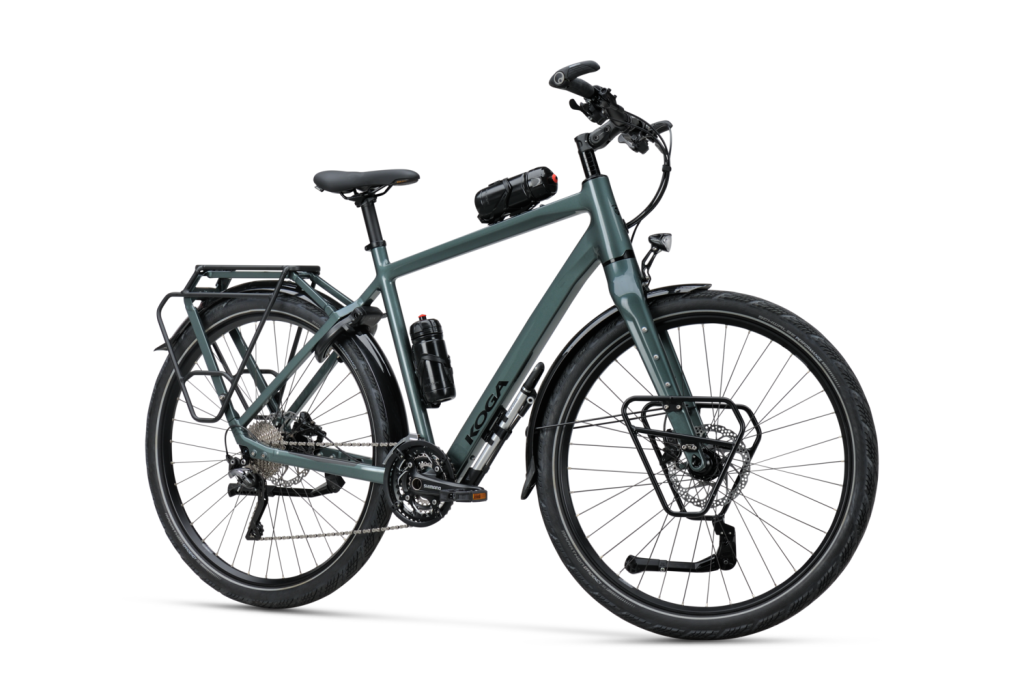
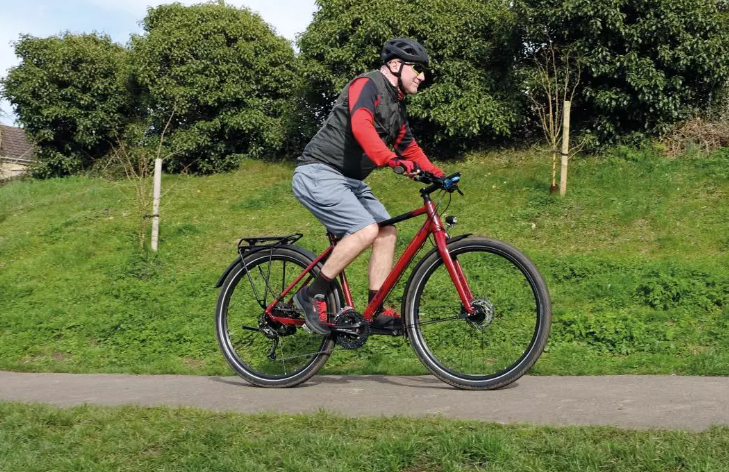
4.3 Touring bikes use dropbars instead. You can hardly distinguish a touring bike from a trekking bike. Compared to trekking bikes, Touring bikes typically have a longer wheelbase and are equipped with more accessories for long-distance travel, such as racks, panniers, and mudguards, designed specifically for loaded touring. Touring bikes also have a more relaxed geometry, with a longer chainstay and a slacker head tube angle. And Touring bikes typically come with a wide range of gears, including low gears for climbing steep hills when carrying heavy loads. Then, Touring bikes usually have wider tires with a higher volume, providing stability, comfort, and traction on a variety of surfaces, including pavement, gravel, and dirt roads.
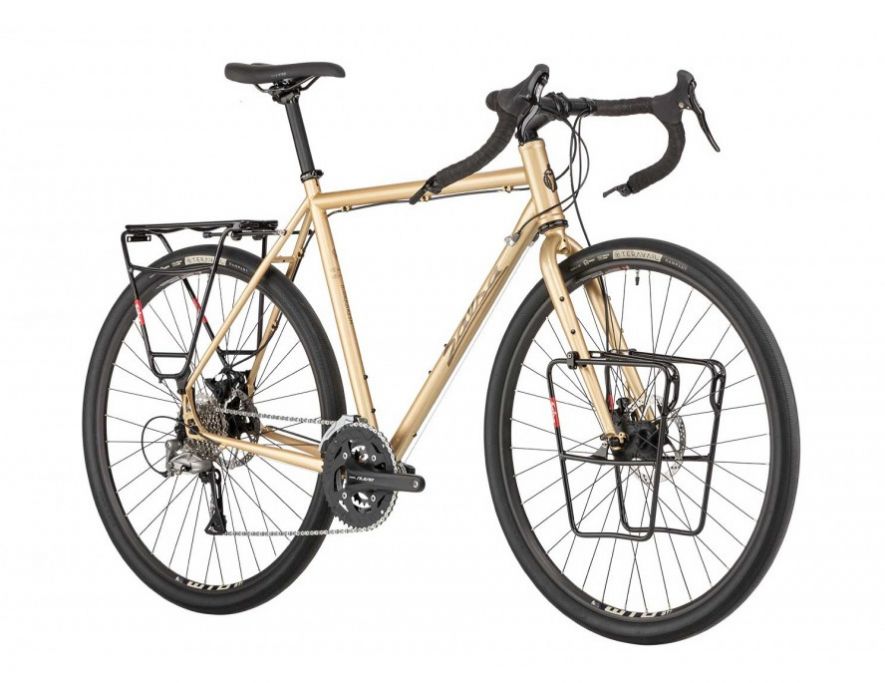
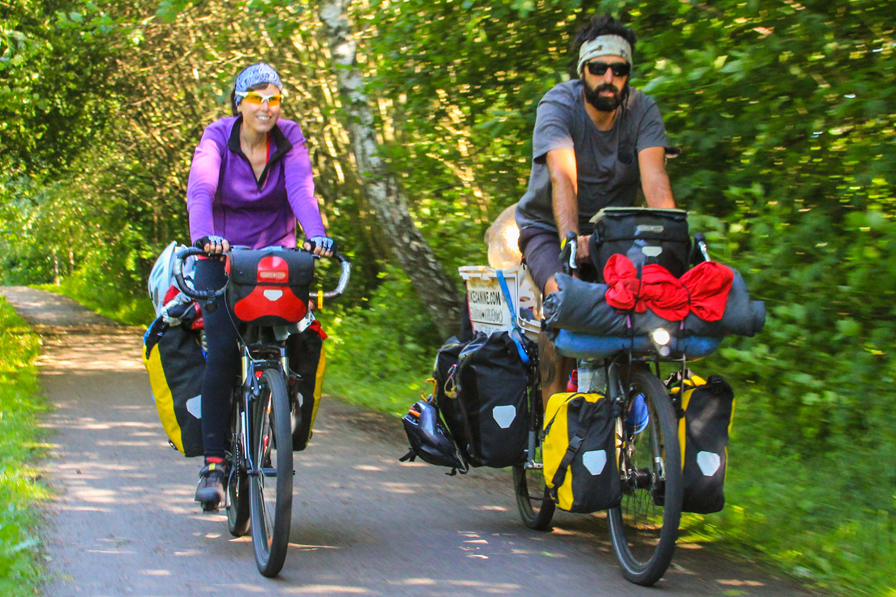
5. Bikes mainly designed for off-road cycling
5.1 Fat MTB: Basically, we are going to talk about mountain bikes (MTBs) in this section. There are 5 different kinds of MTBs. They are cross-country bike, freeride bike, enduro/all mountain bike, downhill bike and fat bike.
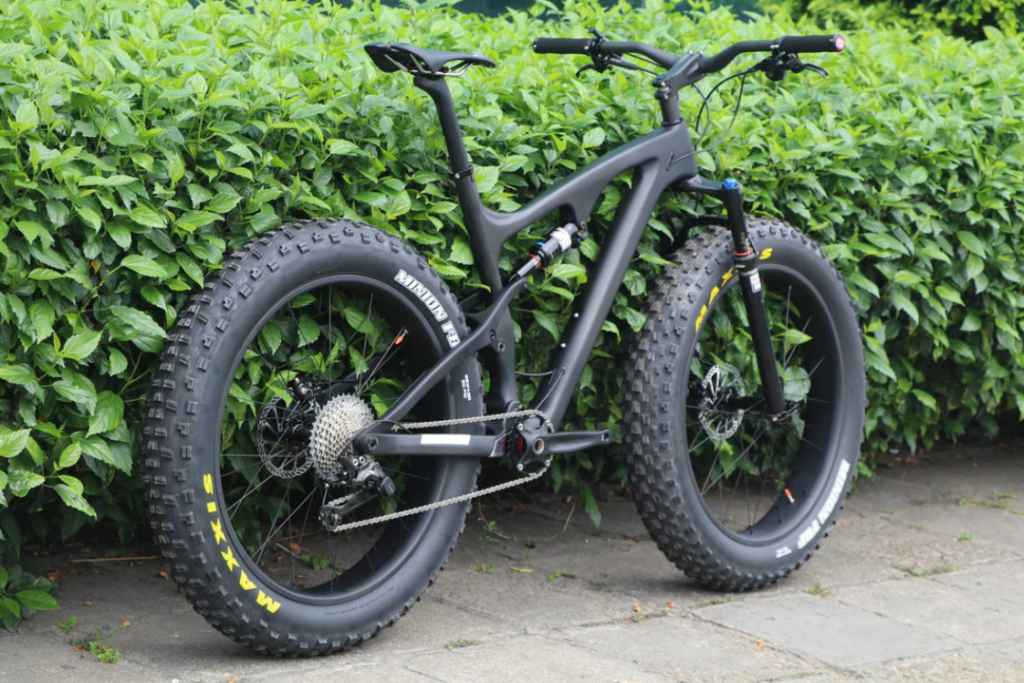
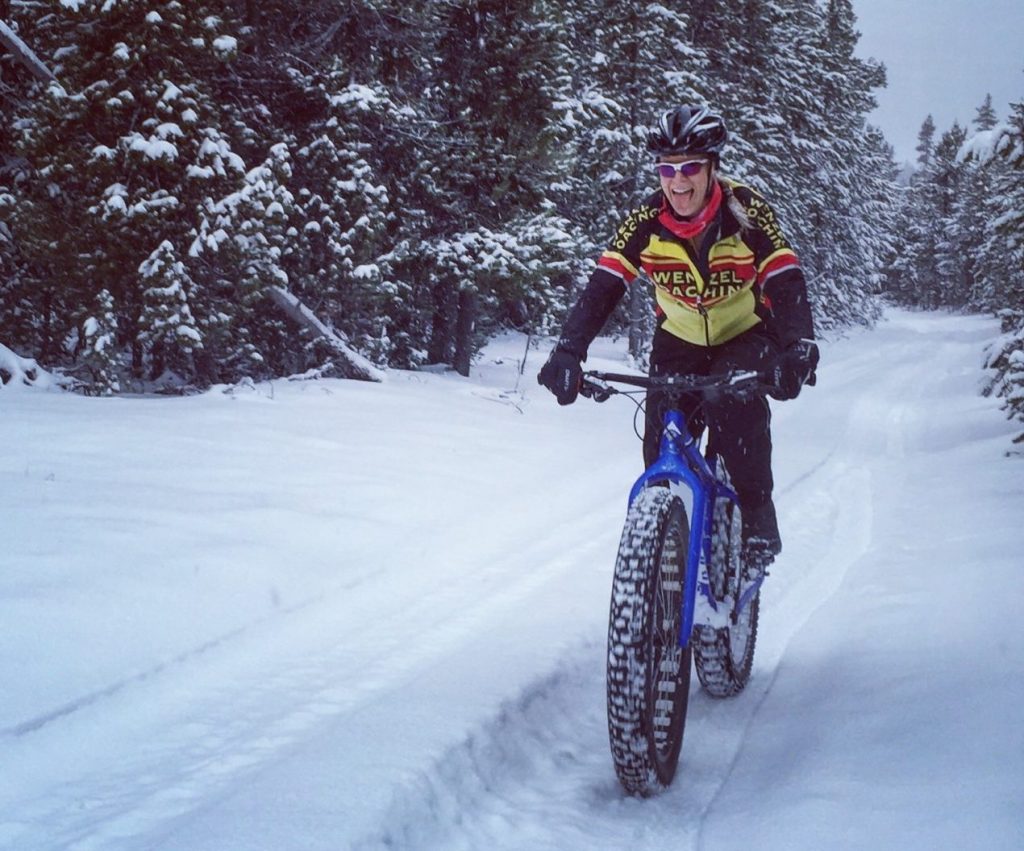
Other four (cross-country bike, freeride bike, enduro/all mountain bike and downhill bike) look quite the same. You need to know how to distinguish them from each other. Unfortunately, it’s a bit hard to tell which category an MTB should be in just from a glance. Usually, we distinguish them from each other on the basis of frame (weight and rigidity), geometry (slackness of head tube) and suspension travel.
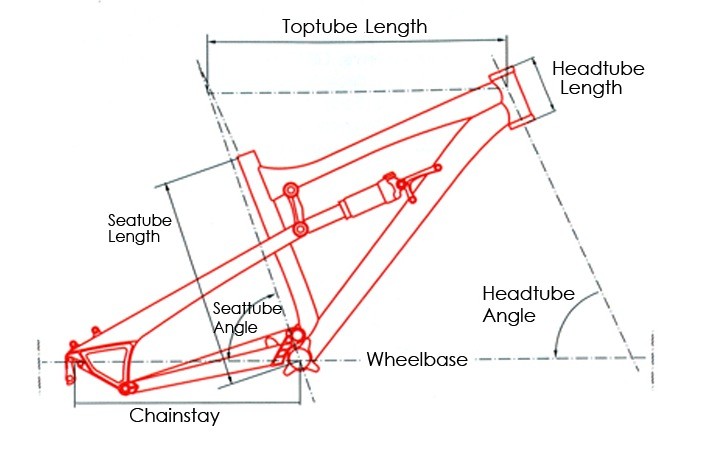
The head tube angle is the angle of the head tube in relation to the ground. A “slack” angle is anywhere from 63 to 66 degrees. This means the fork of the bike is going to stick out farther, creating a more stable ride at high speeds, but also be slower handling.
5.2 Cross-country MTB: lightest frame, minimum suspension of 80-120mm and aggressive geometry with steeper head tube angles and shorter wheelbases, promoting nimble handling and efficient climbing.
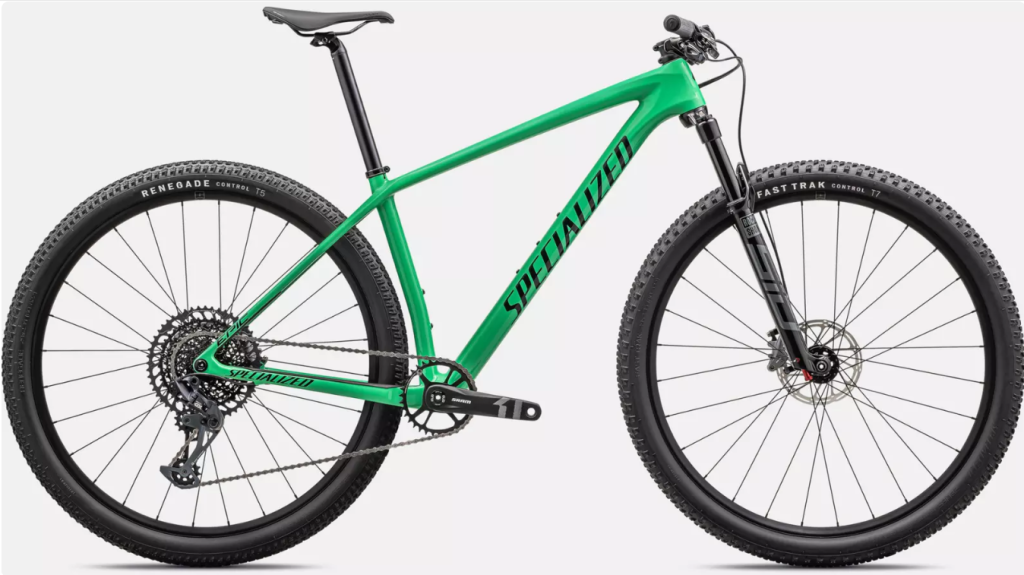
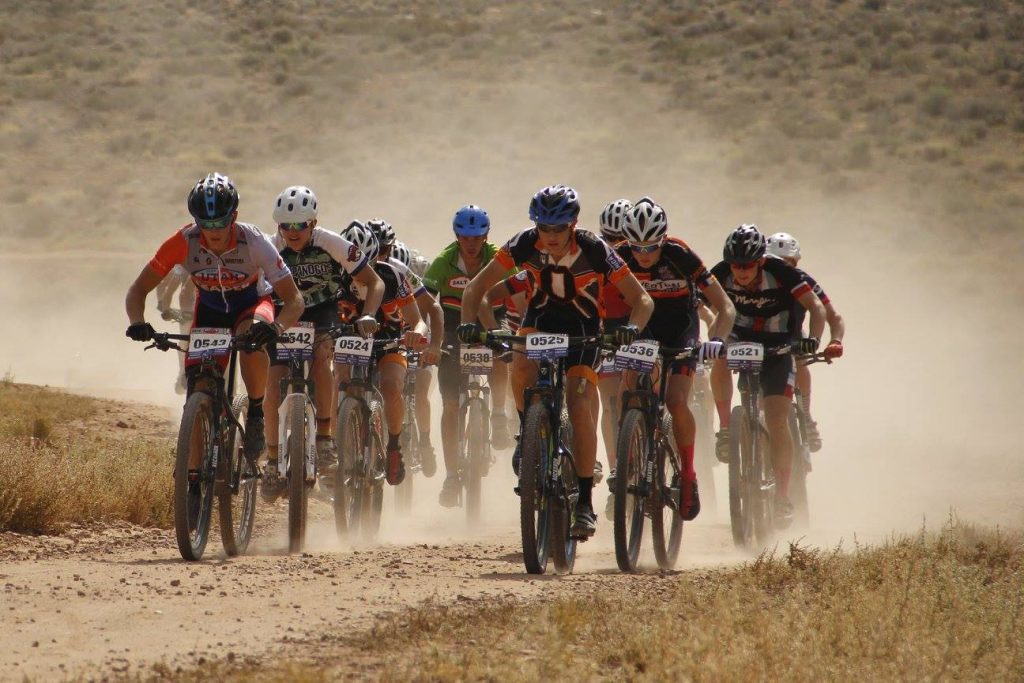
5.3 Enduro/All-Mountain MTB: robust frames offering a balance of strength and weight savings, suspension travel ranging from 140mm to 170mm, moderately slack head tube angles and longer wheelbases compared to XC bikes, offering stability at speed without sacrificing climbing ability.
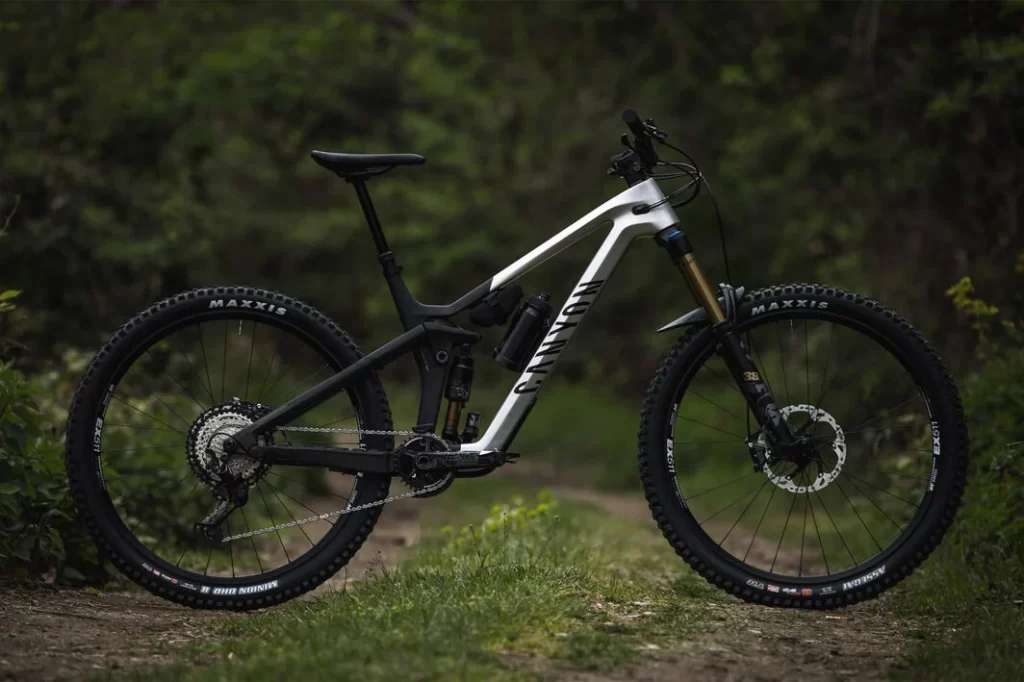
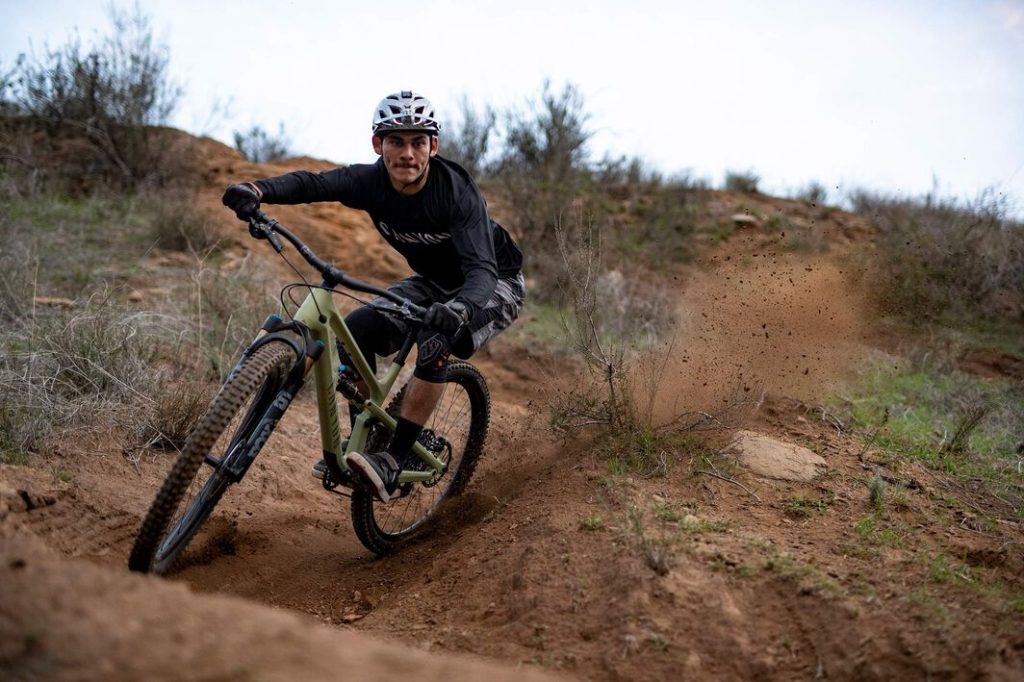
5.4 Freeride MTB: sturdy frames to withstand the rigors of aggressive riding and jumps, long-travel suspension of 150-180mm, more slack head tube angles than enduro / all mountain bikes and longer wheelbases for stability at high speeds and confidence in steep, technical descents.
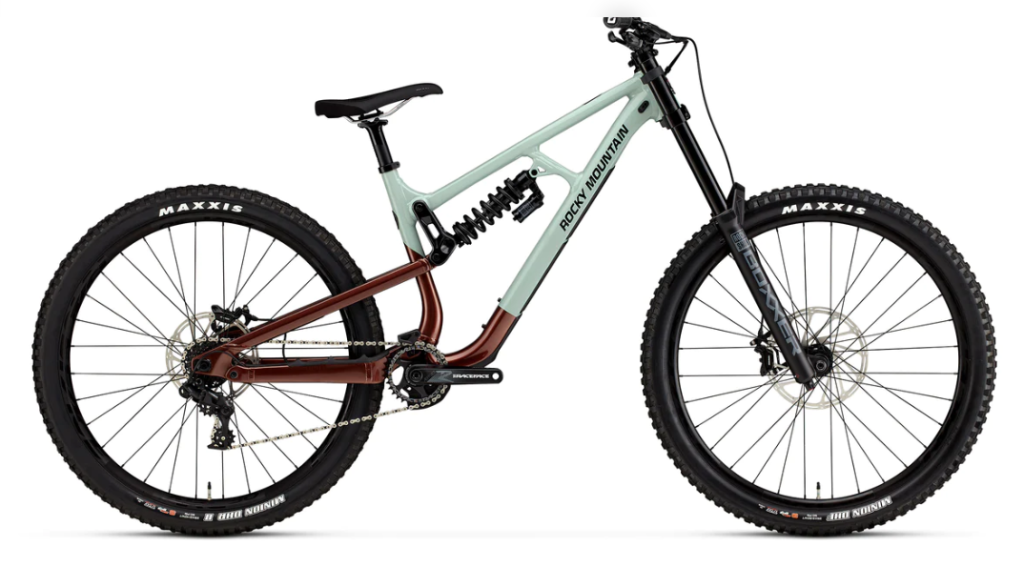
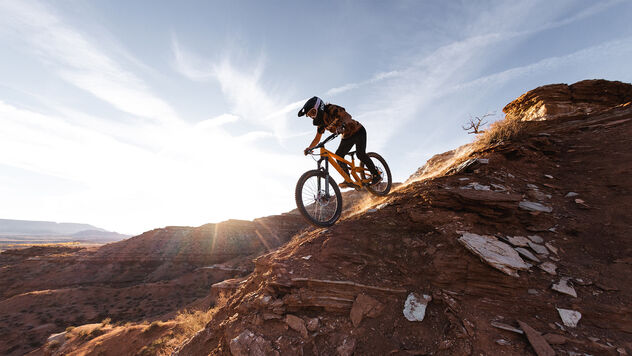
5.5 Downhill MTB: heavy-duty frames designed to withstand the high forces encountered during downhill racing and riding, longest long-travel suspension systems among MTBs with travel exceeding 200mm, providing maximum cushioning for extreme terrain and large jumps, slackest head tube angles and longest wheelbases of any mountain bike type, optimizing stability and control at high speeds on steep, technical descents.
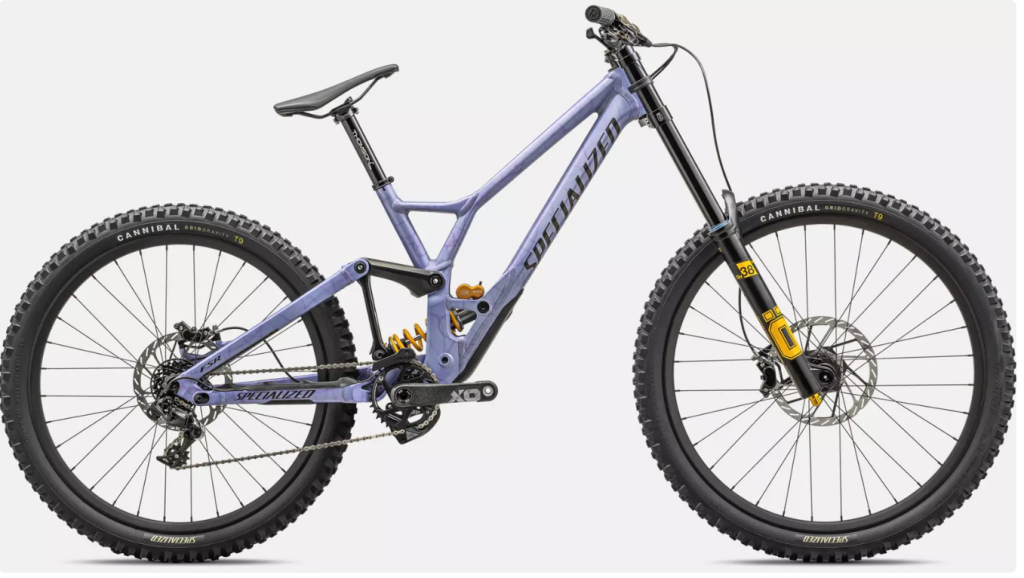
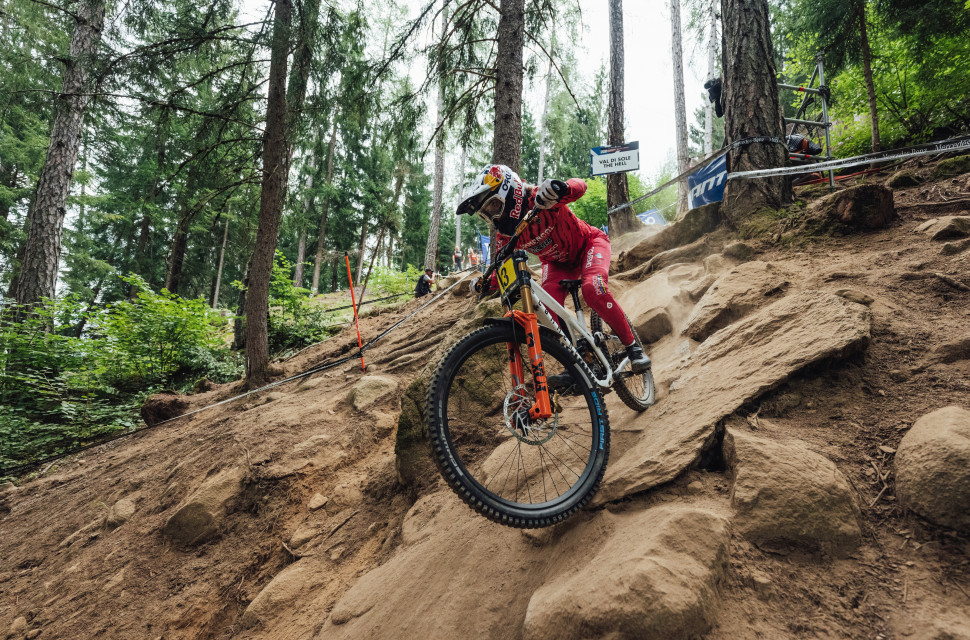
So, what are the differences between them? From cross-country MTB, enduro/all-mountain MTB, freeride MTB to downhill MTB, we have heavier and stronger frame, more slackness on head tube and more suspension travel.
5.6 Cyclo-cross bike: The last bike designed for completely off-road cycling is Cyclo-cross bike. It looks like a road bike cuz unlike other MTBs, it uses thin frame. But it has larger tires and wider frame to work with the wider tires. The major differences between a road bike and a cyclo-cross bike are the wider clearances that cyclo-cross bikes have for their larger tires and mud and other debris that they accumulate.
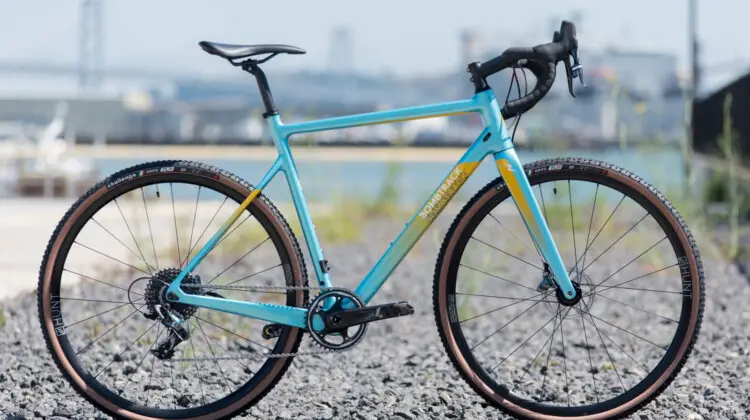
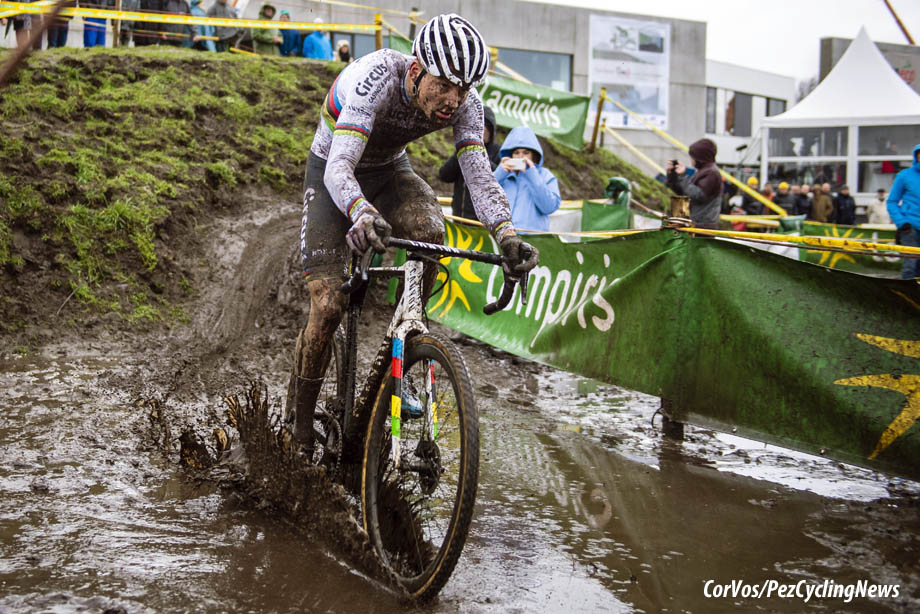
6. Bikes designed for stunts and extreme sports
6.1 Trial bike: A trials bike is a bicycle designed specifically for trials riding. They look different than BMX and mountain bikes because they are purpose built to excel in the demanding sport of bike trials which requires maximum agility, strength, and balance. Generally, you can easily tell if it’s a trial bike or not and you cannot see a seat on it.

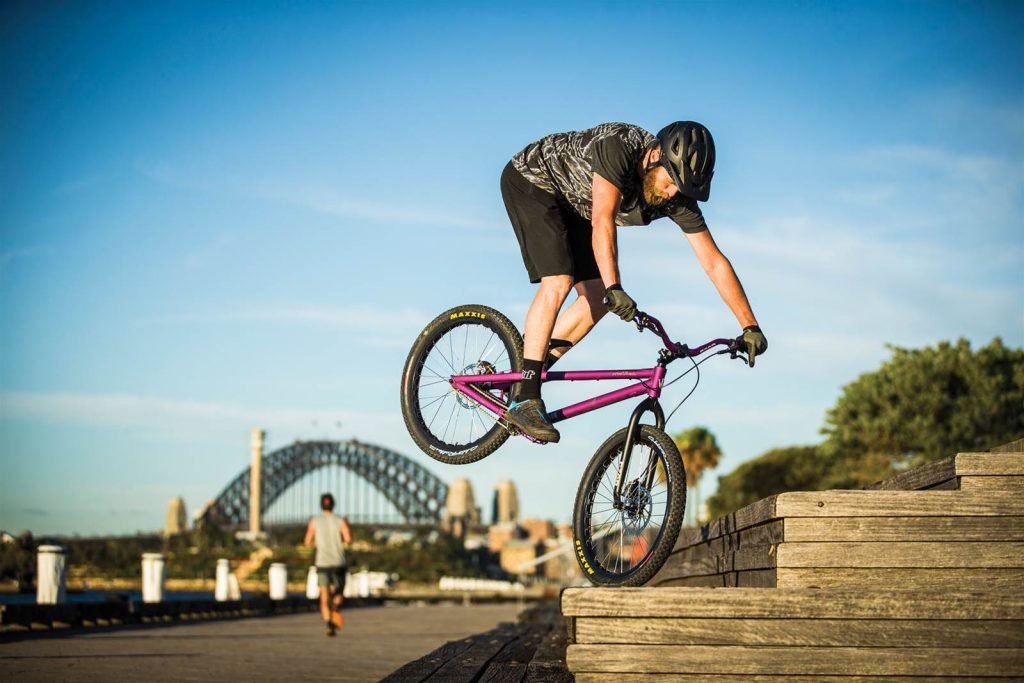
6.2 BMX bike: Fun fact, BMX bikes are not designed to do tricks, instead they are designed to be light and go fast to win races. I conceive there is no need to tell you what a BMX is. Everybody knows it.
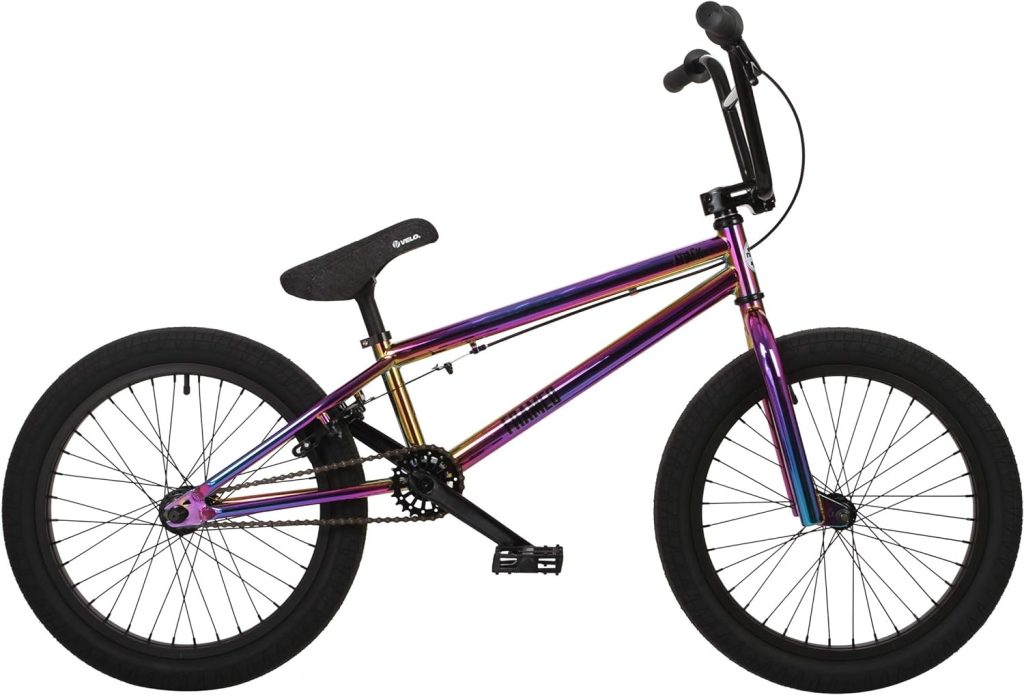
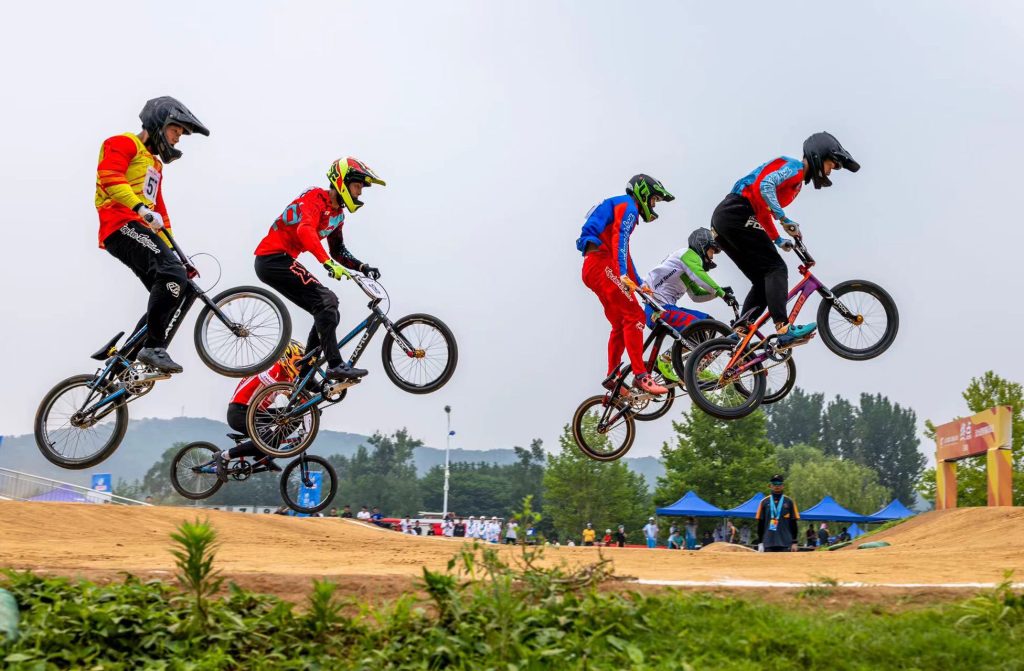
7. Other bikes
Surely there are other kind of bicycles. Please see below.
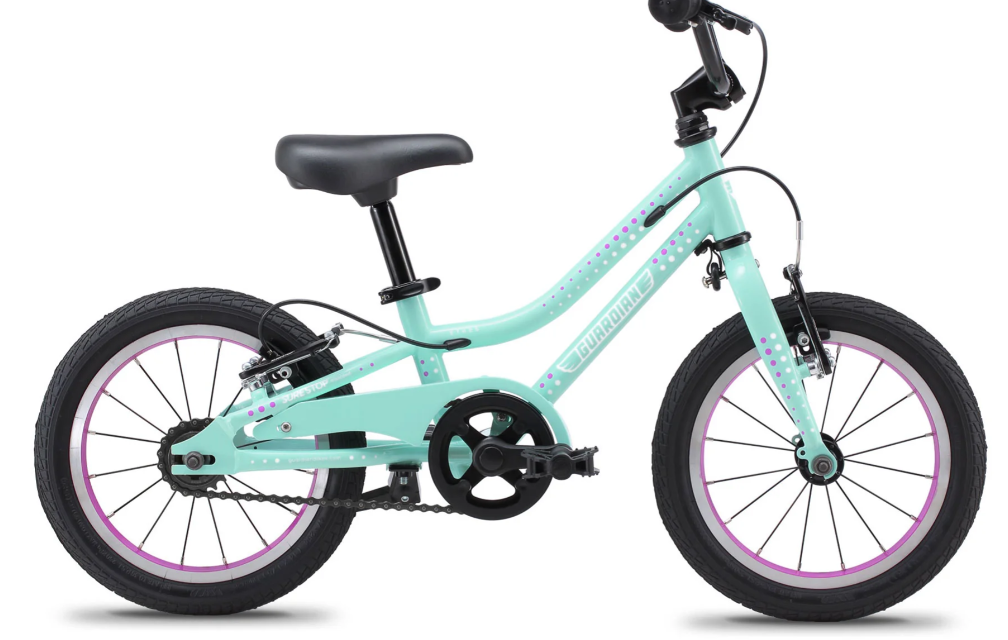
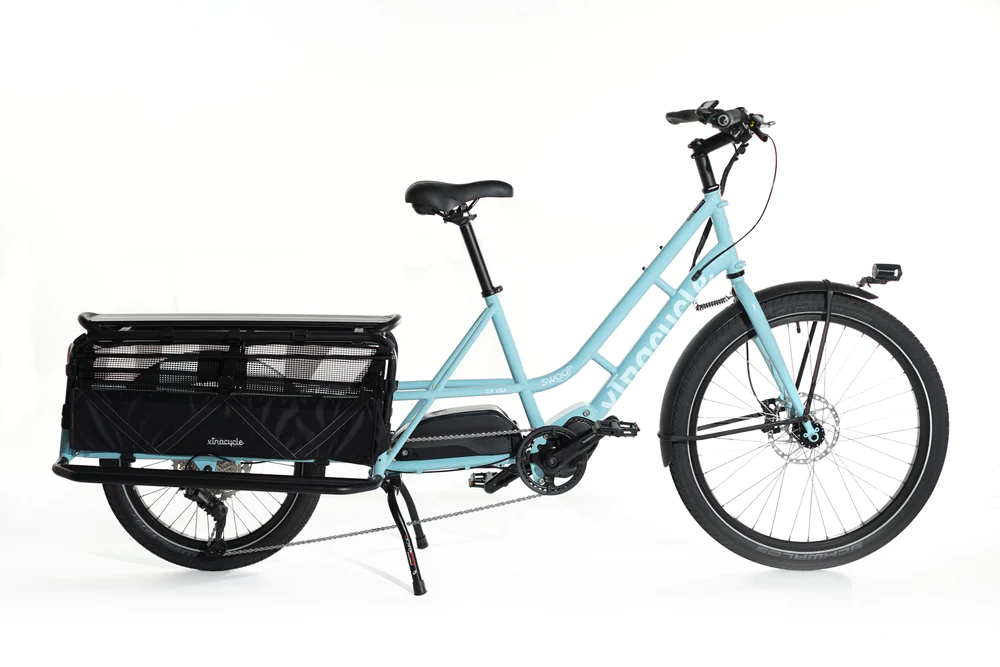
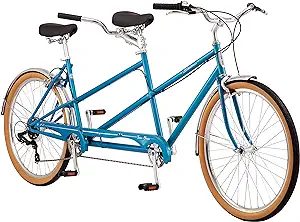
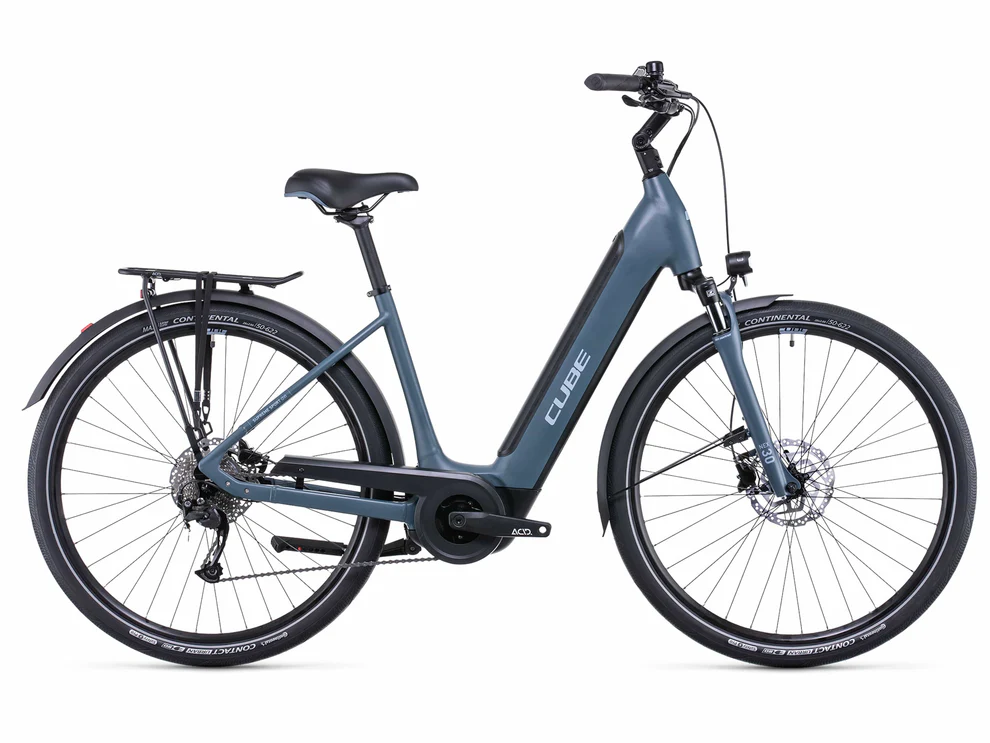
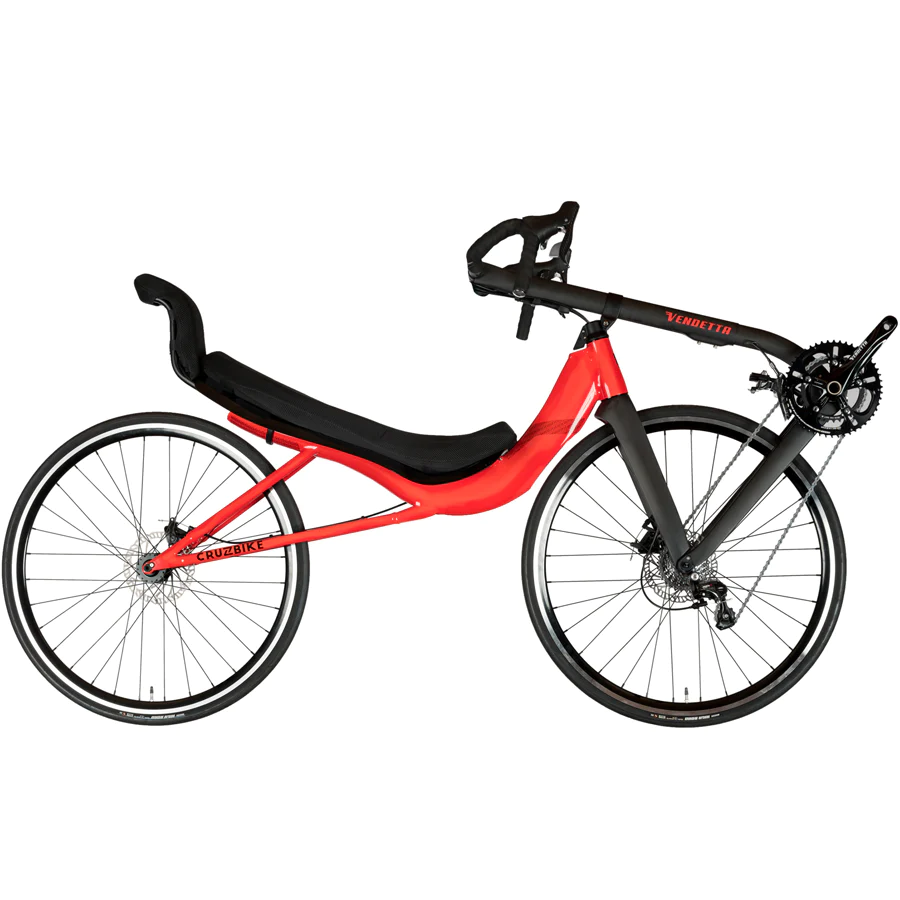

So, these are basically all the bikes that you’ve ever heard of or seen. Hope this summarize helps. Please don’t hesitate to email me if any question was raised. Appreciate it.

